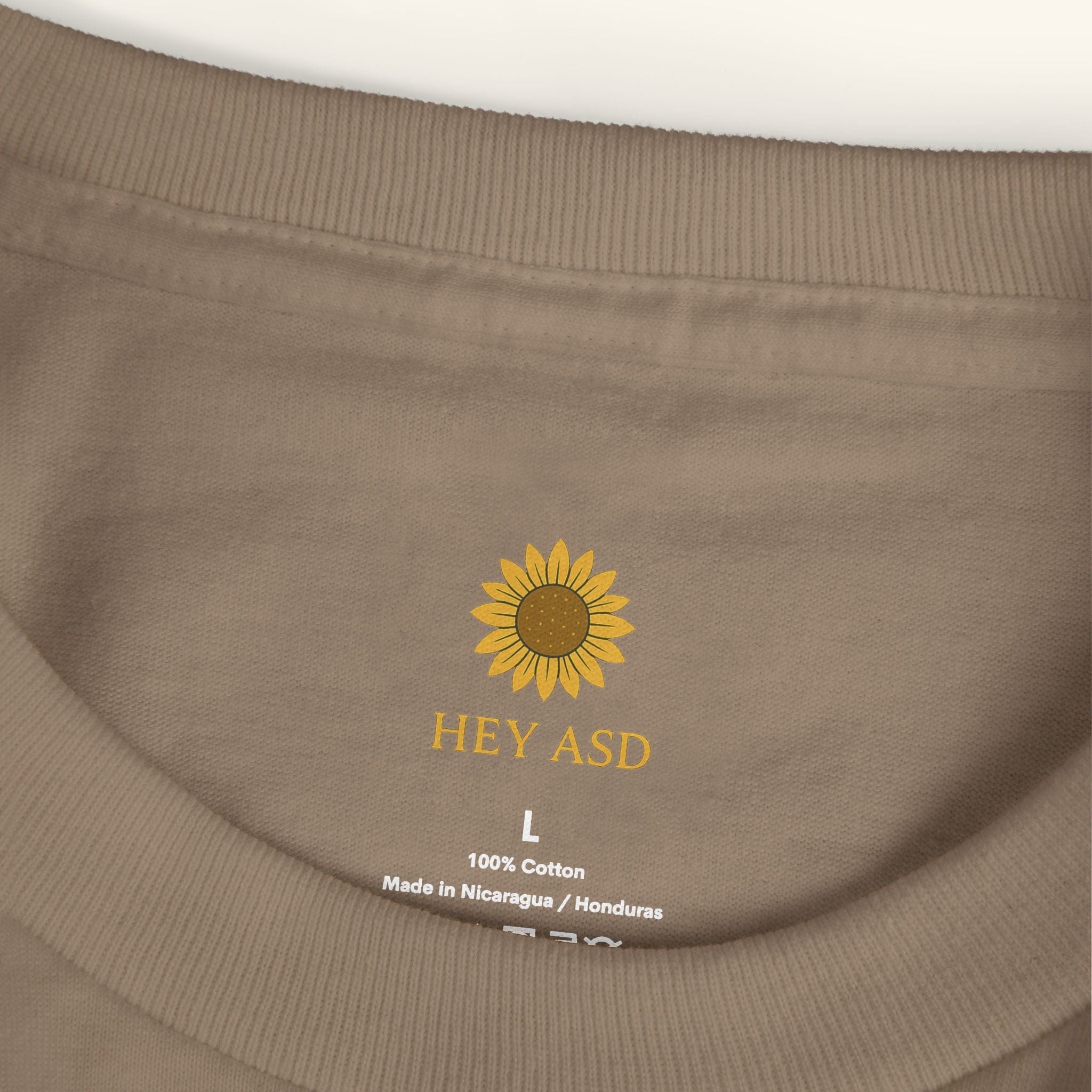Autism Calming Strategies for Adults: How to Self-Soothe Without Shame

Written by the HeyASD Editorial Team
Autism Spectrum Disorder (ASD) affects how people process sensory input, interact socially, and manage their emotions. For many autistic adults, sensory overload isn't a rare occurrence — it's part of daily life. Whether it's the hum of fluorescent lights, the pressure to make small talk, or the chaos of an unpredictable environment, these experiences can overload the nervous system.
But here's the truth: needing calm isn't a weakness. It's a valid, physiological response. This article explores effective calming strategies designed for autistic adults to self-soothe, reduce anxiety, and create a supportive environment tailored to their needs. These calming techniques are not only practical but can significantly benefit emotional regulation and overall well-being.
What Overstimulation Feels Like (and Why It Happens)
Sensory overload happens when your brain receives more input than it can process. Sounds feel louder, lights seem brighter, and textures become unbearable. In these moments, emotional regulation becomes difficult, and common responses include shutdowns, meltdowns, or retreat. Meltdowns are involuntary responses to a nervous system overload and generally are not behavioral responses or used to attain a specific outcome. They can last up to 20 minutes or more after the stressor is removed.
Some subtle signs of overstimulation might include:
- Shallow breathing or rapid heart rate
- A sudden need to escape or isolate
- Repetitive behaviors or pacing
- Feeling overwhelmed or on edge
Recognizing these early stages of overload is critical. Rather than masking or suppressing these signals, self-awareness and compassion lead to better self-regulation and a healthier response.

Core Calming Strategies for Autistic Adults
These calming strategies help regulate the nervous system and reduce anxiety. Everyone’s sensory profile is different, so experiment to find what works best for you. This section offers practical approaches to managing stress, preventing burnout, and promoting relaxation.
1. Environmental Control
- Dim the lights or wear sunglasses indoors
- Use noise-cancelling headphones or calming music playlists
- Create a predictable routine with visual schedules. Visual schedules provide structure and reduce stress by offering clarity on what’s coming next.
- Carry sensory tools like fidget toys, stress balls, or calming essential oils. These sensory objects offer tactile stimulation that can help with emotional regulation.
2. Body-Based Self-Soothing
- Use deep pressure stimulation with weighted blankets or compression clothing. Deep pressure has a calming effect on the nervous system and is known to reduce anxiety levels.
- Engage in physical activities like walking or stretching different muscle groups. Movement helps discharge nervous energy and supports self-regulation.
- Try repetitive movements like rocking, pacing, or gentle tapping. Stimming is a valid coping strategy and can promote relaxation.
- Practice deep breathing exercises to calm the nervous system. Inhale for 4 seconds, hold for 4, exhale for 6, and repeat.
3. Mental & Emotional Grounding
- Try grounding exercises like the 5-4-3-2-1 technique (5 things you see, 4 you feel, etc.)
- Use affirming self-talk: “I am safe,” “This will pass.”
- Visual representation strategies, like imagining a dial you can turn down to reduce anxiety.
- Build interoceptive awareness — learning to read your body’s internal signals and respond accordingly.
4. Media-Based Calming Tools
- Watch calming video loops or ambient screen visuals
- Listen to gentle music or nature sounds to soothe overstimulated senses
- Use mindfulness and breathing apps to promote relaxation and track patterns
5. Social Boundary Strategies
- Set expectations ahead of time (e.g., “I might leave early if I feel overstimulated”)
- Opt for texting over phone calls when energy is low
- Choose low-pressure, one-on-one interactions over large gatherings
- Use scripts or visuals to communicate needs during moments of stress

How to Calm Down from Overstimulation
This four-step calming strategy can be practiced anywhere:
Recognize: Identify early signs of sensory overwhelm (racing thoughts, muscle tension, shallow breathing).
Retreat: Leave or reduce exposure to the triggering environment — step into a quiet space or use calming tools.
Regulate: Use breathing techniques, grounding exercises, or sensory items to soothe your system. Deep breathing is especially effective in lowering anxiety.
Repair: Replenish your energy with hydration, calming food, rest, or familiar comforting activities. Predictable routines can support ongoing regulation.
Example breathing sequence:
- Inhale for 4 seconds
- Hold for 4 seconds
- Exhale for 6 seconds
- Repeat until you feel your body begin to relax
Calming Tools That Actually Help
These tools are known to support autistic adults in reducing stress and building coping strategies:
- Weighted and sensory blankets or lap pads: Provide gentle pressure for nervous system support
- Fidget toys and stress balls: Offer tactile input and an outlet for repetitive behaviors
- Sensory-friendly clothing: Tagless, soft textures that avoid irritation
- Soft puzzles or sorting tasks: Promote focus and create a calming sensory experience
Explore our curated collection of calming activities and sensory tools at HeyASD.com — from sensory t-shirts to home décor that supports emotional well-being.
Join Hundreds of Autistic Adults Feeling
More Comfort in Their Own Skin
Use code WELCOME10 for 10% off your first order.
Start Your Comfort JourneyFinal Thoughts: You Deserve to Feel Calm
Calming strategies aren’t just for autistic children. Adults on the autism spectrum benefit immensely from environments, tools, and routines that prioritize nervous system health.
Self-soothing is not avoidance. It’s regulation. And when we build our coping abilities through personalized, effective strategies, we protect our peace and nurture our growth.
You deserve to feel calm. You deserve tools that work. And you deserve the right to regulate your emotions — on your terms.
Return to this guide whenever you need to recenter. You’re not alone in seeking peace, you’re learning to create it.
On This Page
Frequently asked questions
What are effective calming strategies for autistic adults?
How do autistic adults self-soothe during sensory overload?
What does overstimulation feel like for someone with autism?
Why do autistic people use deep pressure to calm down?
How can an autistic adult calm down from a meltdown?
What tools help autistic adults regulate their emotions?
Are stimming behaviors a valid calming strategy?
How does sensory overload differ from anxiety in autism?
What is the best way to create a calming environment for autistic adults?

About the HeyASD Editorial Team
Autistic‑owned • Values‑led • Sensory‑friendly design
We are autistic creators, writers, and advocates dedicated to producing resources that are practical, sensory-aware, and grounded in lived experience. Our mission is to make information and products that support the autistic community accessible to everyone, without jargon or condescension. Learn more about our team.
This article is written from lived autistic experience and an evidence-aware perspective. It is for general informational purposes only and should not be taken as medical, legal or therapeutic advice.
Always consult a qualified clinician or occupational therapist for individual needs and circumstances.

About Our Autism Blog
HeyASD isn’t just a store, it’s a calm, supportive space created by and for autistic adults. Our blog shares sensory-friendly tips, identity-affirming stories, and heartfelt resources for navigating life as an autistic person. Whether you're late-diagnosed, exploring your needs, or supporting someone you love, you're welcome here.
Thank you for reading. We hope these resources bring comfort and clarity.





































